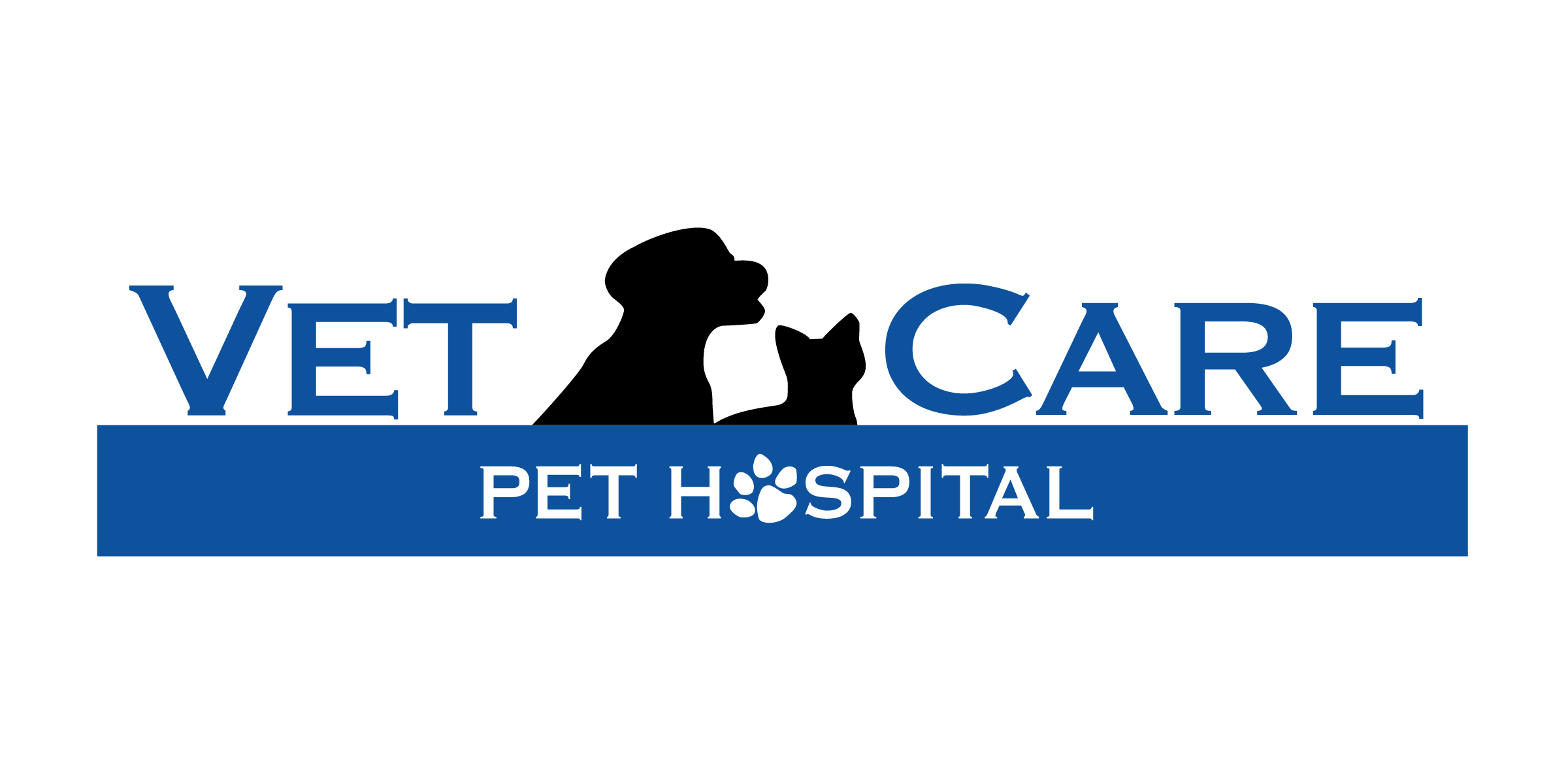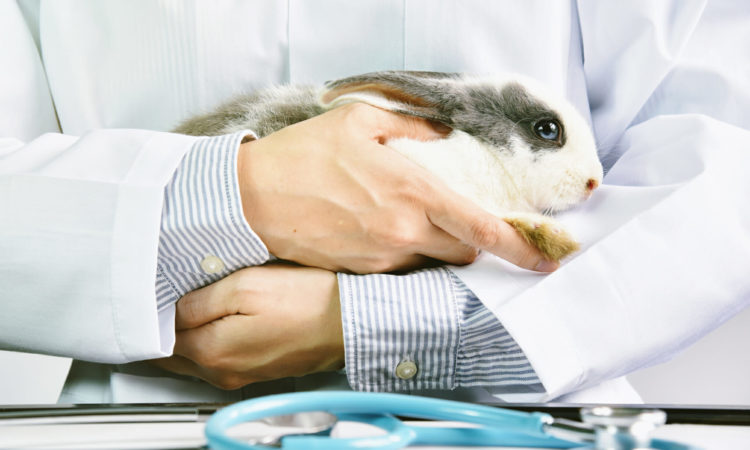Spaying and neutering is the most common surgical procedure performed at most veterinary clinics. It has numerous advantages, from health benefits for your dog to helping with pet overpopulation.
What does neutering/spaying a dog do?
Neutering means surgically removing the testicles from a male dog. Spaying means surgically removing the ovaries and uterus from a female dog.
Why is it important to neuter/spay my dog?
Spaying/neutering is the perfect way to prevent unwanted litters, which is the biggest cause of overpopulation in animal shelters all around the world. It also will help prevent many potential health issues for our dogs, such as prostate cancer and mammary tumours, and could potentially help with some behavioural problems.
How old should a dog be before neutering/spaying?
We recommend getting your dog spayed or neutered between 6 and 9 months of age, depending on size and breed. At this age, it is a quicker procedure and the recovery is usually easier on the dog. Of course, the procedure can still be done at an older age as well. A veterinarian can give you a more exact recommended age for the surgery, during a puppy exam or vaccine appointment.
What is the procedure to spay/neuter a dog?
The night before your dog’s surgery, you need to take the food away at 10:00 pm. Water can still be given. The day of the surgery, your dog needs to be dropped off at our clinic between 7:30-8:00 am. This ensures all surgical patients are checked in and ready to go by the time the veterinarian arrives. When you drop your dog off, we will go over the surgical consent form with you, as well as offer the options of bloodwork, IV fluids, and extra pain medication to go home, all of which are at additional cost. All surgeries are done in the morning to allow them to rest and recover in the afternoon, before going home. In most cases, your dog will be able to go home between 4:00-7:00 pm that same day. During the 10-14 days following your dog’s surgery, it is recommended to restrict their physical activity to allow the surgical site to heal.




